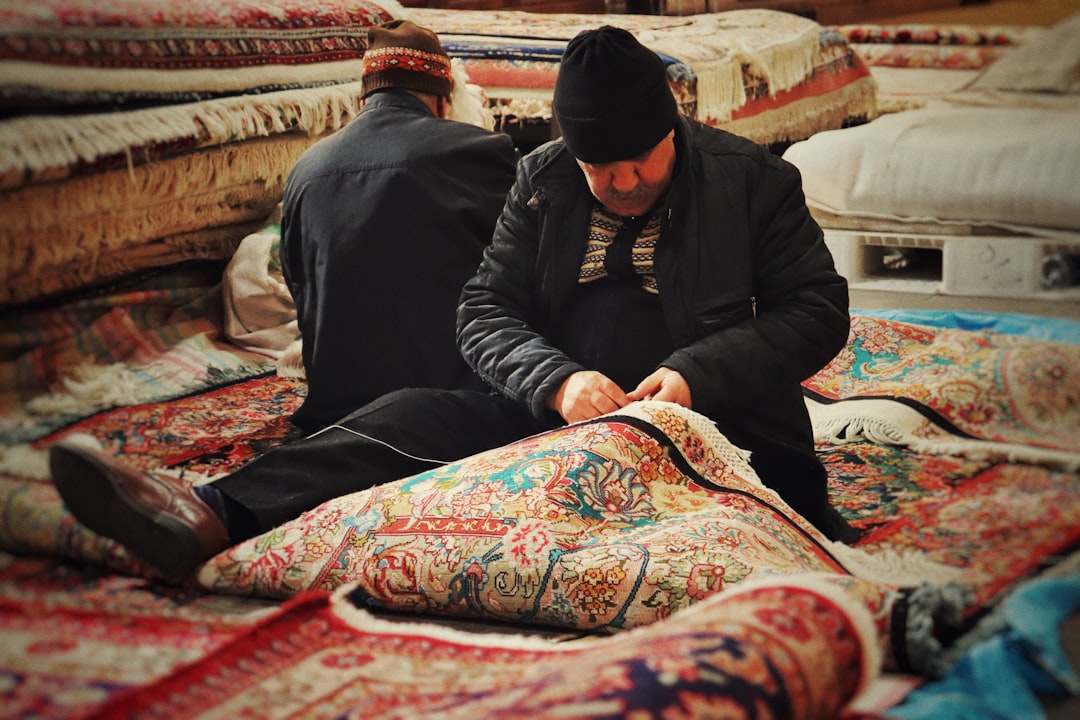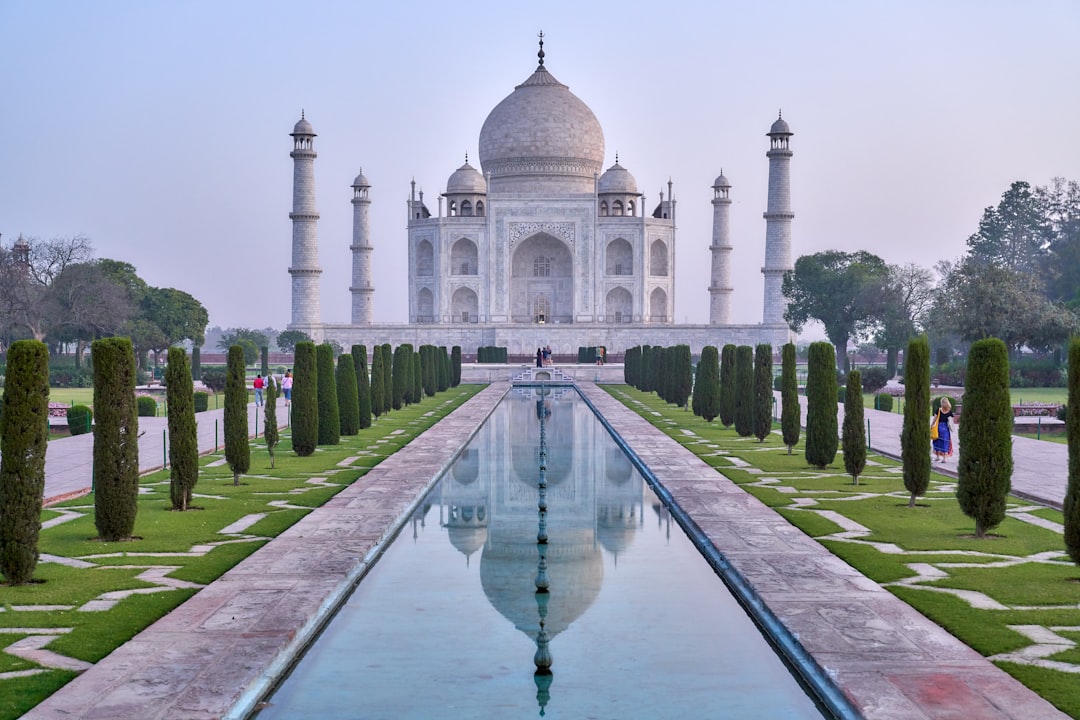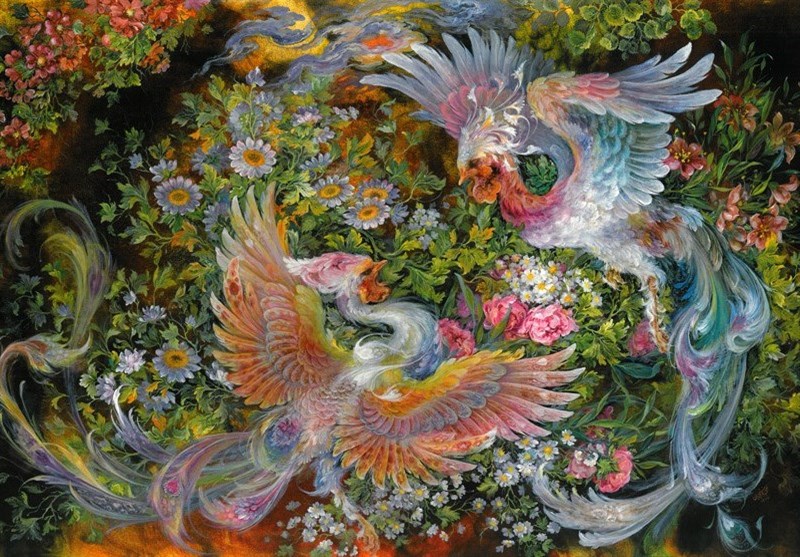For centuries, Persian carpets have been revered around the world for their intricate designs, vibrant colors, and unmatched quality. These masterpieces of textile artistry have woven their way into the hearts of collectors, art enthusiasts, and interior designers alike, standing as symbols of Persian culture, history, and craftsmanship. In this blog post, we will explore the fascinating history and artistry behind Persian carpets, from their ancient origins to their status as cultural treasures.
🧵 The Origins of Persian Carpets: A Tradition of Excellence
The history of Persian carpets dates back over 2,500 years, with their roots planted deep in the ancient civilizations of Persia (modern-day Iran). The art of weaving carpets is believed to have evolved from the necessity of creating textile goods for everyday use, such as blankets, rugs, and coverings for homes and ceremonial spaces. However, over time, carpet weaving became a sophisticated art form, passed down through generations, evolving into the complex and refined craftsmanship that Persian carpets are known for today.
Ancient Beginnings
The first evidence of Persian carpet weaving dates back to the Achaemenid Empire (550–330 BCE). Ancient Persian carpets were likely simple in design but became more intricate as time passed. The Persians were known for their exceptional skills in weaving, particularly using wool, silk, and cotton. Carpets made during the Sassanian Empire (224–651 CE) were often used as luxury items in royal palaces, highlighting the elevated status of carpets in Persian society.
The most famous ancient carpet discovered to date is the Pazyryk carpet, found in a Saka tomb in Siberia, dating back to around 5th century BCE. This highly detailed carpet, believed to have been woven by Persian artisans, serves as an early example of the incredible skill and artistry of Persian weavers.
🎨 The Artistry of Persian Carpets: Design, Color, and Technique
What truly sets Persian carpets apart from other woven textiles is their artistry. The designs, colors, and techniques used in Persian carpets are not just aesthetic choices—they carry deep symbolism, history, and tradition.
Designs and Motifs
Persian carpets are famous for their intricate patterns, which often feature floral, geometric, and arabesque motifs. The designs can vary depending on the region, with each area of Persia developing its own unique style. Some common design elements include:
-
Floral Patterns: Flowers and plants symbolize nature, growth, and life. Persian carpets often feature intricate floral designs, representing the paradise garden (an important symbol in Persian culture).
-
Geometric Shapes: Some carpets feature geometric patterns like squares, diamonds, or hexagons. These shapes can convey balance and harmony.
-
Animals and Birds: Many Persian carpets incorporate animals such as lions, deer, and birds, often representing strength, beauty, or spiritual symbolism.
In addition to these common motifs, calligraphy often appears in Persian carpets, reflecting poetry, proverbs, or religious verses, particularly those from Sufi mysticism.
Colors and Dyeing Techniques
The vibrant colors of Persian carpets are one of their most distinctive features. The palette includes deep reds, blues, yellows, and greens, created from natural dyes derived from plants, insects, and minerals. Some of the most common dyes include:
-
Cochineal: A red dye made from the cochineal insect, used to create deep red tones.
-
Indigo: A blue dye sourced from the indigo plant, used for rich blues and purples.
-
Pomegranate: The peel of pomegranates produces yellow or gold hues.
These natural dyes, combined with expert weaving techniques, result in carpets that are not only visually stunning but also age beautifully, with colors that intensify and deepen over time.
Weaving Techniques
The weaving process is an incredibly labor-intensive and time-consuming art. Traditional Persian carpets are woven using the symmetrical knot (also known as the Senneh knot), a technique that allows for the creation of intricate and dense patterns. The weavers often use wool, silk, or a combination of both, depending on the desired texture and quality.
The quality of a Persian carpet is largely determined by the density of the knots per square inch, with the finest carpets featuring up to 1,000 knots per inch. The more knots there are, the more intricate and detailed the design becomes, requiring a high level of craftsmanship and precision.
🏰 Regional Styles: From Tabriz to Isfahan
Persian carpets are not all the same—different regions of Iran have developed their own distinct styles and techniques over the centuries. Each area has its own unique influence, whether it be from royal patronage, local traditions, or cultural exchange.
Tabriz
Located in the northwest of Iran, Tabriz is one of the oldest and most important carpet-producing centers. Tabriz carpets are known for their elegant designs, rich colors, and fine wool. The carpets from this region often feature intricate floral patterns, medallions, and borders. Tabriz carpets have been highly sought after by collectors for centuries and were particularly popular among the Safavid Dynasty.
Isfahan
Isfahan carpets are regarded as some of the finest and most intricate examples of Persian weaving. Known for their silk weaving, Isfahan carpets are characterized by their detailed floral motifs, soft texture, and use of vibrant colors. The designs are often symmetrical and balanced, representing the Persian ideal of order and harmony. Isfahan carpets are often created for royal palaces and grand buildings.
Kashan
The carpets produced in Kashan, located in central Iran, are known for their deep reds, blues, and ivory backgrounds. Kashan carpets are famous for their medallion designs and fine craftsmanship. These carpets often feature large central motifs surrounded by intricate floral patterns and borders.
Qom
Qom carpets are known for their luxurious silk and detailed weaving. The city of Qom has a long history of producing high-quality carpets that often feature Islamic themes, including calligraphy and floral patterns. Silk carpets from Qom are especially valued for their smooth texture and vibrant colors.
🌍 Persian Carpets in the World: A Cultural Treasure
The beauty and craftsmanship of Persian carpets have transcended borders, earning global admiration and recognition. Persian carpets have been traded and sold in markets across the world, from Europe to Asia, where they have become prized possessions in homes and museums alike.
During the Safavid Dynasty (1501–1736), Persian carpets were sought after by European royalty and nobility. Carpets from cities like Isfahan and Tabriz were often traded along the Silk Road, reaching distant corners of the world. Even today, Persian carpets are regarded as symbols of luxury, craftsmanship, and heritage.
🎉 Conclusion: The Enduring Legacy of Persian Carpets
Persian carpets are far more than just functional pieces of textile—they are intricate works of art that embody centuries of history, culture, and craftsmanship. From their ancient beginnings to their place in modern interiors, Persian carpets continue to captivate people around the world with their beauty and sophistication.
Whether you are a collector, an art lover, or simply someone who appreciates the beauty of fine craftsmanship, a Persian carpet is a symbol of the rich cultural heritage of Persia. These woven wonders remain timeless, transcending generations and borders, and continue to be a testament to the artistic brilliance of Persian civilization.





